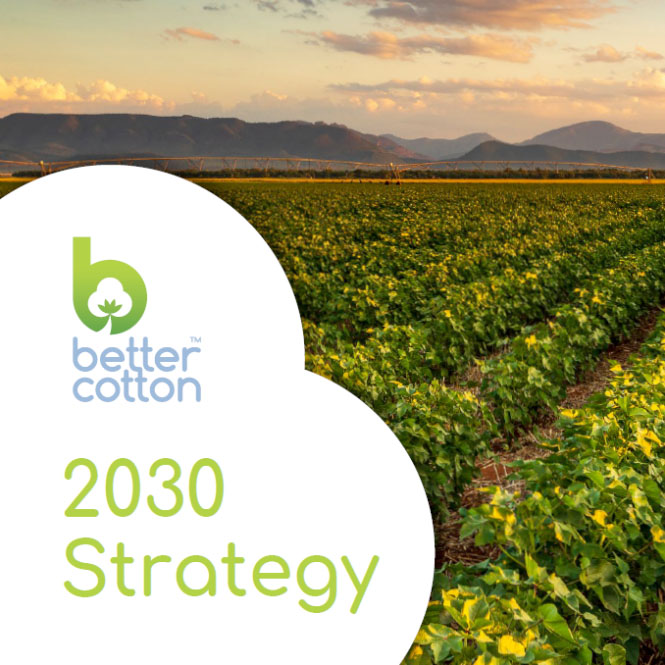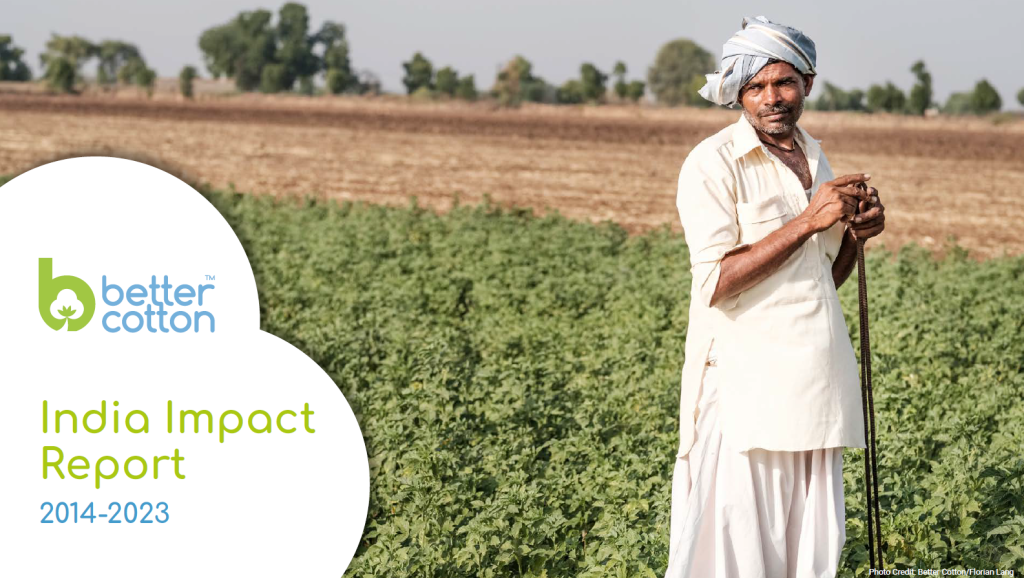Mass Balance is the chain of custody model that laid the foundation of the entire Better Cotton initiative, making our programme easy to scale and bringing immense value to the farmers. It was first introduced in the Better Cotton Chain of Custody (CoC) Guidelines, the guidance document that set the requirements for organisations in the supply chain that are buying or selling Better Cotton or cotton-containing products through Mass Balance Better Cotton orders. After the introduction of the CoC Standard v1.0 in 2023, Mass Balance remained a key offering alongside physical chain of custody models.
Mass Balance can be implemented in the supply chain from ginner onwards. Between the farm and gin, Better Cotton seed cotton and lint bales are always required to be segregated from other types of cotton.
Product Segregation Model
Between the farm and the gin, the Better Cotton Standard System requires a product segregation chain of custody model. This means that farmers and ginners need to store, transport and process Better Cotton (seed cotton and lint cotton bales) separately from any conventional cotton.
This ensures that all Better Cotton bales produced by participating gins are 100% Better Cotton and can be traced back to licensed Better Cotton Farmers.
Mass Balance Model
After the cotton leaves the gin, a Mass Balance chain of custody model can be used.
Mass Balance is a volume-tracking system that allows Better Cotton to be substituted or mixed with conventional cotton by traders or spinners along the supply chain while ensuring that the amount of Better Cotton sold never exceeds the amount of Better Cotton purchased.
How does Mass Balance work with Better Cotton?
To monitor the volume of Better Cotton in the supply chain, every 1kg of Better Cotton lint from the gin is assigned one Better Cotton Claim Unit (BCCU). As the cotton moves along the supply chain (beyond the gin) and is made into different products, these BCCUs are also passed along to represent the volume of Better Cotton sourced. The movements of BCCUs can be tracked using the Better Cotton Platform (BCP).
BCCUs do not have to stay connected to the original Better Cotton sourced from Better Cotton Farmers, and therefore the cotton is not traceable to its country of origin. However, Mass Balance helps to simplify the complexity of cotton supply chains while still delivering direct benefits to farmers. This is why it has been so effective at driving demand for sustainable practices worldwide and scaling up our programme. Due to this, Mass Balance Better Cotton will remain an important part of our offering alongside traceable, Physical Better Cotton.
Understanding Conversion Rates
Conversion Rates
When using a model of mass balance, conversion rates need to be taken into account. Conversion rates are the percentage of cotton fibres that are converted to useful cotton lint after the fibres have been separated from the seeds by the ginner. They allow us to calculate the volume of cotton lint required for an order of products that bear the Better Cotton logo.
In technical terms: the overall cotton consumption for a specific order of end products is the volume of total cotton lint consumed by the spinner who made the yarns that were used to make the fabrics that went into an end-product.
All BCCU allocations made during the sourcing of Better Cotton orders throughout the supply chain eventually support the sourcing of a Better Cotton end product order from a Better Cotton Retailer and Brand Member.
The Better Cotton Initiative uses two average conversion factors in the BCP to calculate the volume of cotton lint required for each product: one for combed yarn and another for carded or open-end yarn. In 2018 and 2019, we carried out research with our members that resulted in revised combed and carded conversion factors as well as a new one for open-end yarns. The publication that resulted from this research is available here.
On 4 January 2021, the revised conversion factors will come into effect on the BCP. The following table summarises the change that will take place.
| Yarn Type | Revised Yarn to Lint conversion factors (as of beginning of 2021) | Yarn to Lint Conversion Factors (until end 2020) |
| Combed (ring-spun yarn) | 1.35 | 1.28 |
| Carded (ring-spun yarn) | 1.16 | 1.1 |
| Open-End (rotor yarn) | 1.11 | 1.1 |
This will lead to the following changes:
| Yarn Type | BCCUs allocated with new conversion factors for 100 kgs of yarn | BCCUs with old conversion factors for 100 kgs of yarn |
| Combed yarn | 135 | 128 |
| Carded yarn | 116 | 110 |
It is important to note that the BCP only uses conversion factors for yarns, which are relevant for spinning activities. All other conversion factors given in our publication are used by other supply chain actors and Retailer and Brand Members to forecast the expected BCCUs they need for their Better Cotton orders.
The updated conversion factors will also change BCP routines used by suppliers and manufacturers. You can see the changes in this 7-minute video.
The Supplier Training Programme and the online training platform have also been updated to ensure that users understand the changes. Be sure to join an upcoming training session.
For any other questions relating to this change, see our FAQ page. You can also send your questions to [email protected] or reach out to your usual Better Cotton contact.



